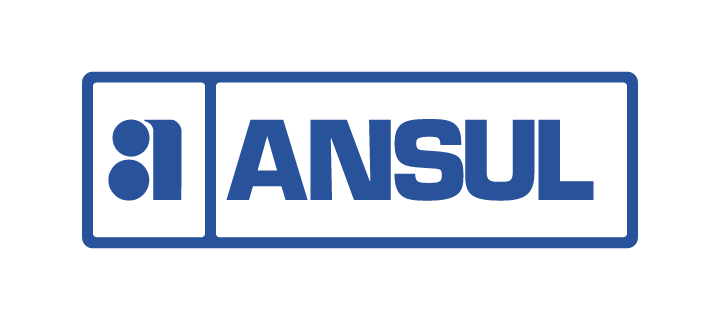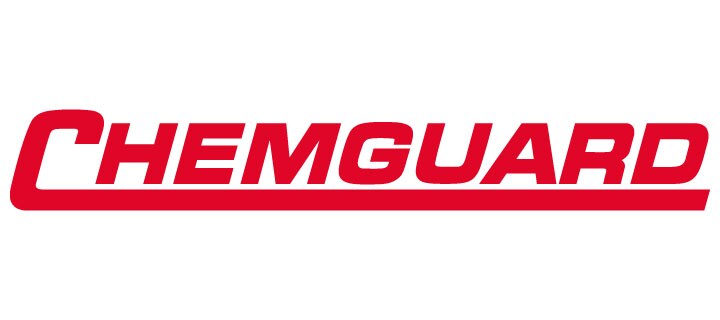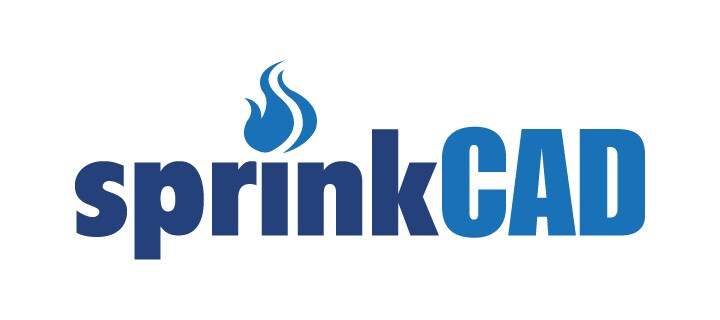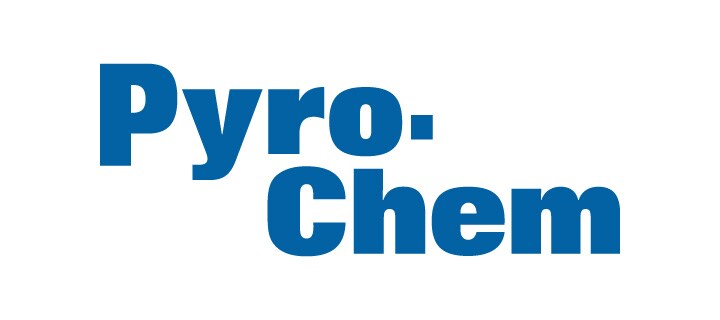- Johnson Controls
- Insights
- A Triple Win: Achieving Improved Comfort, Indoor Air Quality and Lower Energy Consumption
A triple win: Achieving improved comfort, Indoor Air Quality and lower energy consumption
In conjunction with our partners at the International WELL Building Institute IWBI, Bernard Clement (Portfolio Leader, Technical and Engineering, Healthy Buildings) shares an important piece about how ASHRAE Guideline 36 can be used as a powerful tool to help building operators improve energy efficiency while optimizing comfort and indoor air quality.
The ASHRAE Guideline 36 has traditionally been associated with lowering energy consumption, but it also promises to deliver healthier spaces. Titled, “High-Performance Sequences of Operation for HVAC Systems,” it has been used to help reduce energy consumption for years. The guideline, which offers an evidence based, verifiable and implementable collection of control solutions for HVAC systems, spurring many of the advancements in HVAC controls that help end-users save energy and money. Additionally, it can improve improve thermal comfort and indoor air quality (IAQ) and help comply with the WELL Air and Thermal Comfort Concept.

Team Johnson Controls at the WELL Conference in California earlier this year. Right to left: Charlie Gans (Portfolio Leader, Healthy Buildings), Bernard Clement (Portfolio Leader, Technical and Engineering, Healthy Buildings) Brigitte Solis Wolffson (Sustainability & Healthy Buildings Manager), Tyler Smith (Vice President, Healthy Buildings)
Smarter Controls, Healthier Buildings
Control systems can and should deliver both thermal comfort and IAQ. While this is typically where complexity gets in the way, it does not have to. Smarter VAV controls, temperature and CO2 sensors working together can effectively account for thermal comfort, which is addressed by the total airflow circulation (outside air and recirculated air), and also support clean indoor air, which is addressed by the outside air portion of the airflow. Further optimization can be achieved by integrating a CO2 sensor that tracks the level of occupancy, making the appropriate air adjustments when occupancy is high and decreasing them when the space isn’t being used.
To learn more about our Healthy Building Solutions, click here click here. To read the article in full, click here.
About the Author:
Bernard Clement is one of the world’s experts in global HVAC strategy, having lived, learned and worked on three continents (North America, Europe, Asia) across his 25+ year career at Johnson Controls. Bernard has embraced the IWBI vision and is a WELL Accredited Professional and an Advisor for the Air concept and WELL Faculty.
About the International WELL Building Institute
The International WELL Building Institute (IWBI) is a public benefit corporation and the world’s leading organization focused on deploying people-first places to advance a global culture of health. IWBI mobilizes its community through the administration of the WELL Building Standard (WELL) and WELL ratings and certifications, management of the WELL AP credential, the pursuit of applicable research, the development of educational resources and advocacy for policies that promote health and well-being everywhere. More information on WELL can be found here.





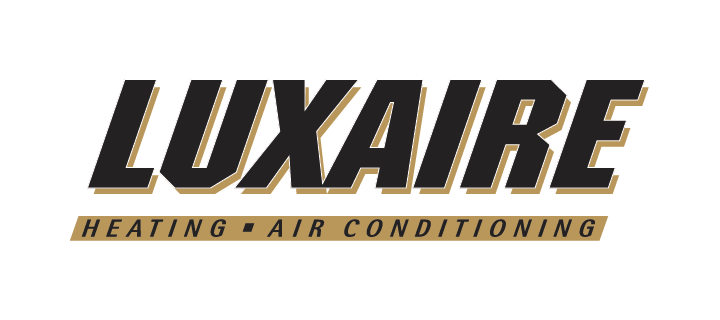










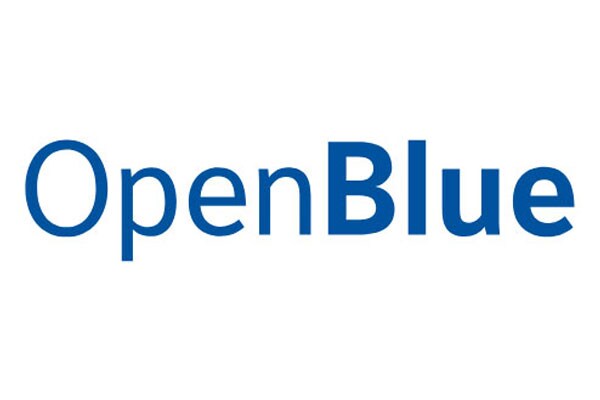








.png?la=en&h=70&w=157&hash=717A494A27ED61C45CEF95AC3A9C6309)
